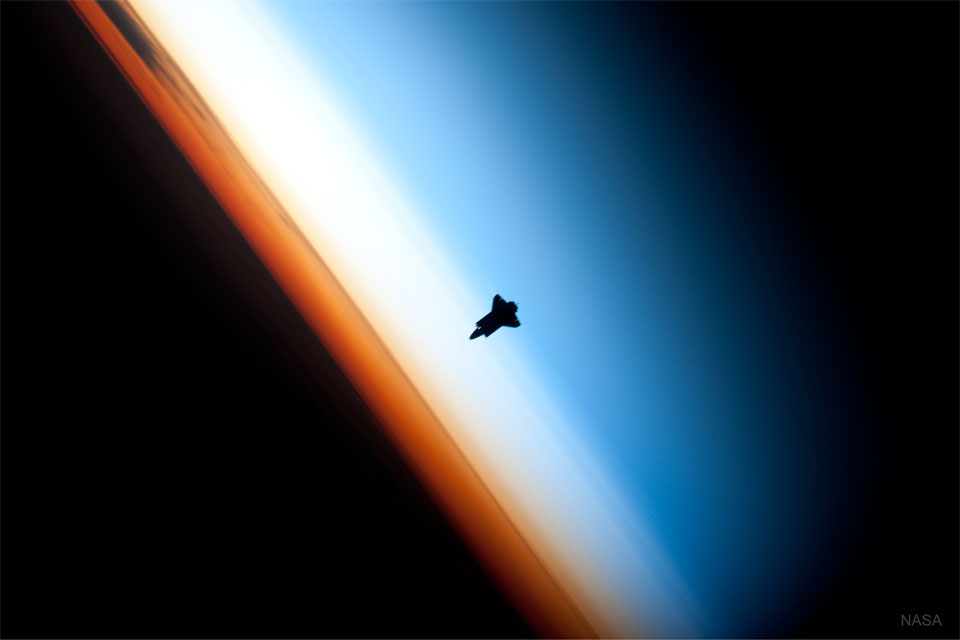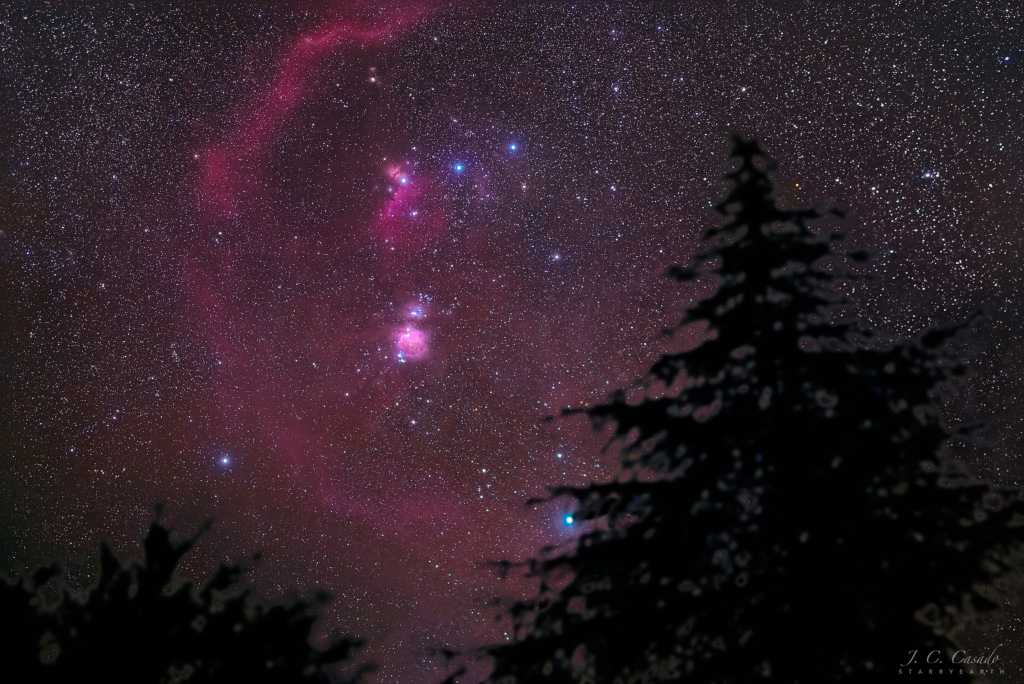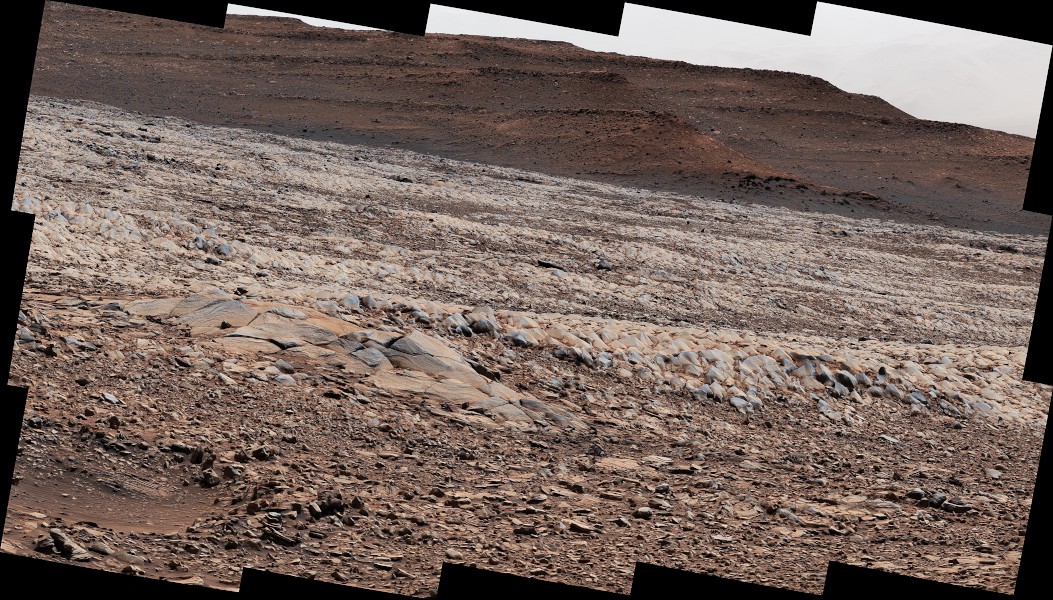
Stars and Globules in the Running Chicken Nebula


NASA’s space exploration continues to inspire us to be better stewards of our planet and Earth Day is a great time to celebrate what we’ve done and can do to keep Earth everyone’s favorite planet in the universe.
from NASA https://ift.tt/hBOVo7t
via IFTTT



NASA will hold a media teleconference at 3 p.m. EDT on Monday, April 18, to discuss the status of the next wet dress rehearsal test of the agency’s Space Launch System (SLS) rocket and Orion spacecraft at Launch Complex 39B at the agency’s Kennedy Space Center in Florida ahead of the uncrewed Artemis I lunar mission.
from NASA https://ift.tt/xOXyK56
via IFTTT

NASA will provide live coverage of the undocking and departure of the Axiom Mission 1 (Ax-1) prior to its return to Earth from the International Space Station.
from NASA https://ift.tt/7TV20eH
via IFTTT

